Remote Access technologies allow users to connect to systems and data from any location, facilitating seamless work from remote sites. This improves accessibility and convenience, crucial for businesses with distributed teams.
Remote Access solutions have transformed how organizations operate by providing secure connections to internal resources over public networks. These solutions enhance productivity and flexibility by enabling team members to work efficiently from various locations, ensuring business continuity.
What are the critical features of Remote Access solutions?Industries such as technology, finance, and healthcare leverage Remote Access to empower their workforce. In technology, it allows experts to manage servers globally. The finance sector ensures that trading and transactions are uninterrupted. In healthcare, practitioners access patient data without compromising privacy.
Organizations benefit from Remote Access by enabling flexible work environments that attract and retain talent. It ensures accessibility to critical tools and data, maintaining business operations despite physical location constraints.
| Product | Market Share (%) |
|---|---|
| TeamViewer Business | 11.1% |
| Microsoft Intune | 9.6% |
| Microsoft Remote Desktop Services | 9.4% |
| Other | 69.9% |




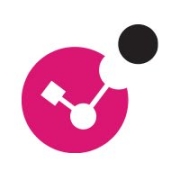



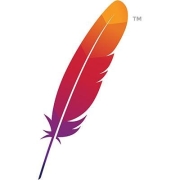
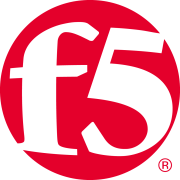
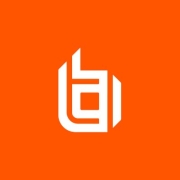
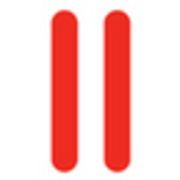
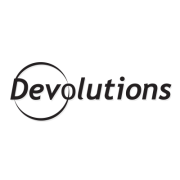

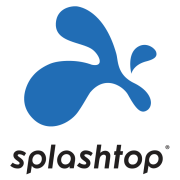

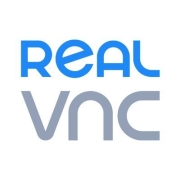

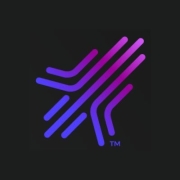
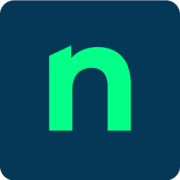
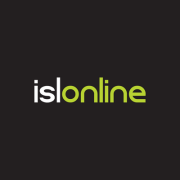
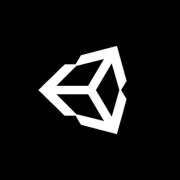
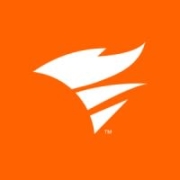
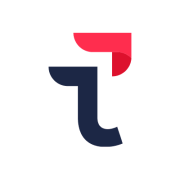




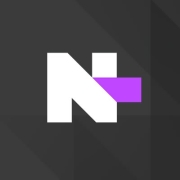




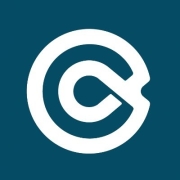
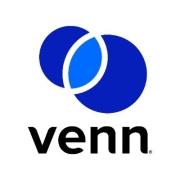
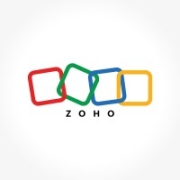

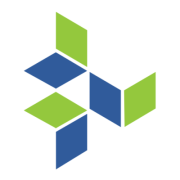


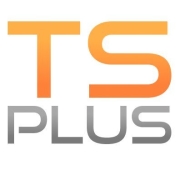


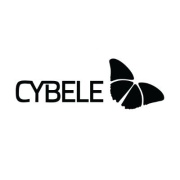
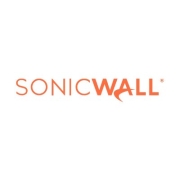

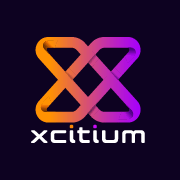

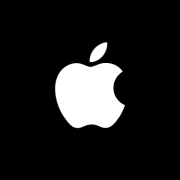
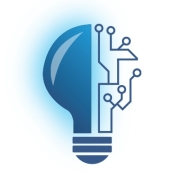
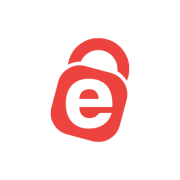



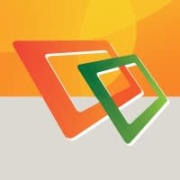
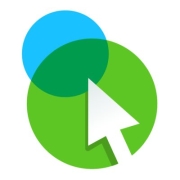

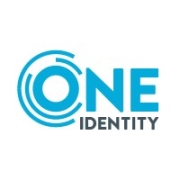


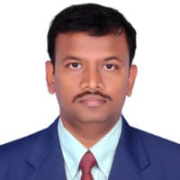

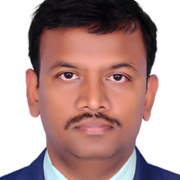
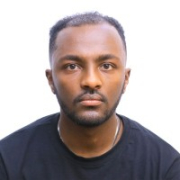
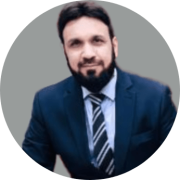
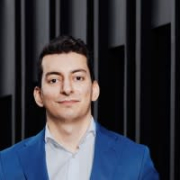
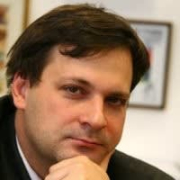
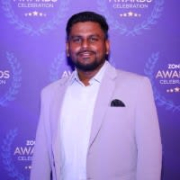
The most popular types of remote access control include:
Remote access grants direct access to the network. A remote desktop grants access to a desktop device that may have specific programs, files, or applications loaded onto the device. Additionally, the desktop may also access the entire network.
Remote access tools (sometimes referred to as RATs) grant access to an organization's network, servers, drives, devices, and systems from a remote location. Although most are legitimate tools, there is the possibility some may be used for malicious purposes and can mislead an unaware user into installing malware, viruses, or dangerous bots and giving open access to their devices or networks.
Implementing Remote Access solutions offers several advantages for businesses. It enhances flexibility by allowing employees to work from anywhere, leading to increased productivity and satisfaction. Businesses can reduce overhead costs as they require less physical office space. Remote Access also supports a more diverse workforce by enabling the hiring of talent from different geographical locations. Furthermore, it ensures continuity during unexpected disruptions by allowing employees to continue their work seamlessly outside the office.
How can Remote Access solutions improve cybersecurity?Remote Access solutions can significantly bolster cybersecurity by implementing robust security measures. These solutions often include multi-factor authentication, encryption, and secure gateways to protect sensitive data. By precisely controlling who accesses the organization's network and what resources they can use, you can minimize the risk of unauthorized access and potential data breaches. Regular updates and monitoring further enhance your network's security posture.
What are common challenges with implementing Remote Access solutions?While Remote Access solutions offer many benefits, they present some challenges. Ensuring consistent and reliable internet connectivity is crucial for seamless operations. Security concerns arise as access points to the network increase. Managing and securing various devices can become complex, particularly with a BYOD (Bring Your Own Device) policy. Additionally, providing adequate training and support to employees to adapt to these solutions can be a significant hurdle.
How do you choose the right Remote Access solution for your business?Selecting the right Remote Access solution involves several considerations. Identify your specific business needs and budget. Evaluate the scalability of potential solutions to ensure they can grow with your company. Look for solutions offering robust security features to protect your business data. It’s also beneficial to choose a user-friendly platform with good customer support. Testing different options with trial periods can help determine the best fit.
What technologies are typically used in Remote Access solutions?Several technologies form the backbone of Remote Access solutions. VPNs (Virtual Private Networks) are commonly used to create secure, encrypted connections. SaaS (Software as a Service) platforms allow access to applications over the internet. RDP (Remote Desktop Protocol) enables users to control a computer remotely. Virtualization technologies, such as VDI (Virtual Desktop Infrastructure), provide remote access to a virtual desktop environment. These technologies collectively offer secure and efficient Remote Access capability.